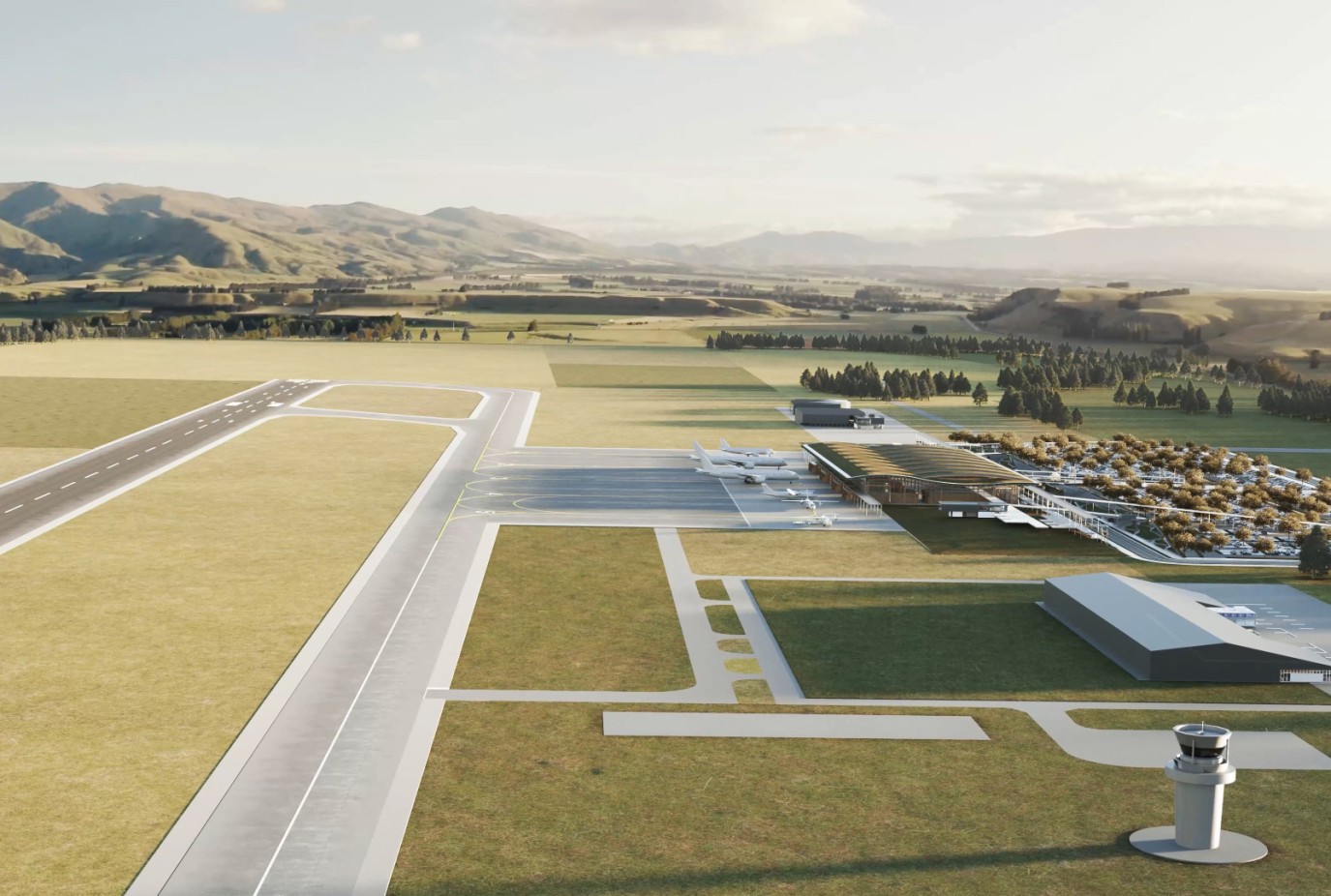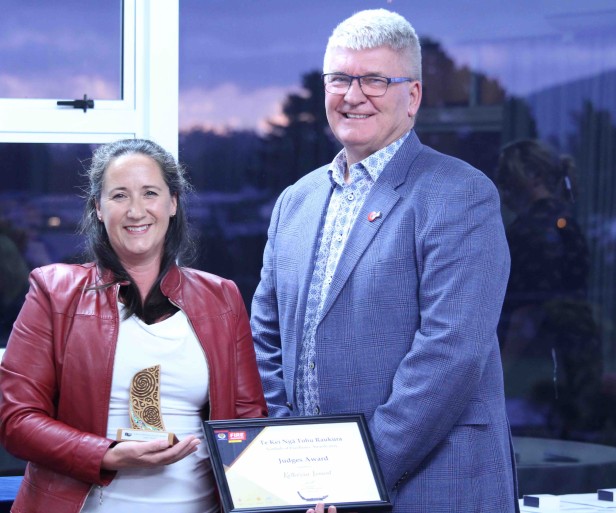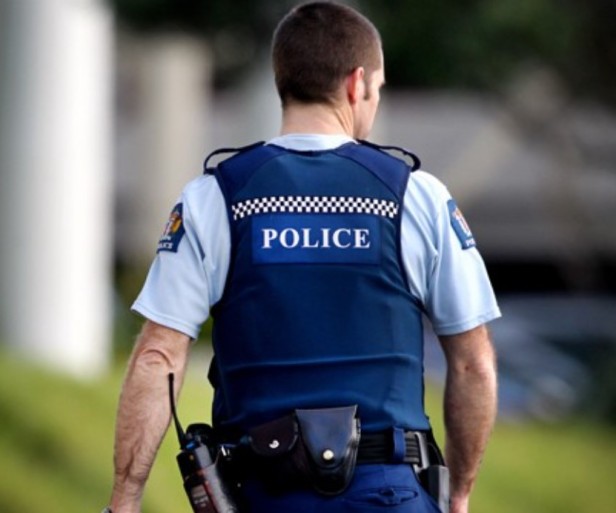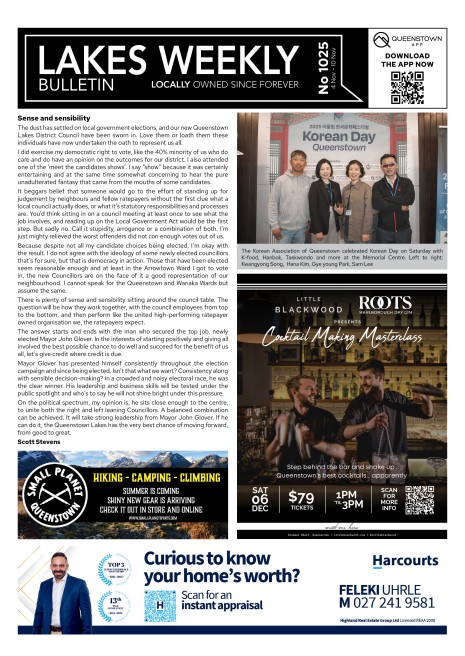Battle of the airports

Queenstown Airport chief executive Glen Sowry says there’s no need for a fourth international airport in the South Island.
Christchurch Airport proposes to build a wide-bodied jet capable airport on farmland in Tarras. It has already spent tens of millions of dollars on the project, including buying the Central Otago land, which is 10 minutes from Wānaka Airport and an hour’s drive from Queenstown.
It would rival Queenstown Airport, with capacity for four million passenger movements (arrivals and departures) by 2050, operating 24 hours a day.
“We can all agree that New Zealand is facing infrastructure challenges, but a shortage of airports is not one of them,” Sowry says.
He believes the justification there is an unmet need in the Southern Lakes region doesn’t hold water.
“Christchurch Airport is a majority Christchurch City Council-owned asset and is a commercial organisation, not an altruistic one. Its motive is to make a profit, so why not be honest about that?
“The people of this region, who have few means to influence the project, have made it clear they do not want a flood of extra visitors. They want sustainable tourism, not over-tourism.”
Sowry says that’s supported by the new destination management plans for the regions.
“Meanwhile, Christchurch City Council, like many councils across the country, has a series of infrastructure challenges of its own and is strapped for cash. Rates are rising and the sale of community assets is being openly discussed.
“Rather than spending money on its nebulous Tarras project, Christchurch Airport could support Christchurch ratepayers through greater dividends.”
Queenstown Airport’s current masterplan will enable passenger numbers to increase by a third by 2032 and, Sowry says, “allocates space for further expansion in the decades beyond that”.
“However, that will only happen with the support of our shareholders and the residents of our region. We are listening to them, unlike Christchurch Airport, which seems to be ignoring the widespread rejection of the proposed airport at Tarras.”
Local communities will “bear the brunt of the environmental costs and additional strain on infrastructure” and he questions what impact Tarras will have on other regional airports’ plans, including Dunedin, Invercargill, and Christchurch itself.
“Inevitably, passengers flying into Tarras would bypass Christchurch, which has successfully rebuilt a vibrant business community and tourism industry after the 2010-11 earthquakes.”
But Christchurch Airport’s chief strategy and stakeholder officer Michael Singleton maintains there’s an issue with airport capacity in the lower Central Otago, shown, he says, by Queenstown Airport’s own figures.
“The reality is, if you don’t meet demand it won’t go away,” Singleton says.
“Instead, passengers will fly to other airports and then drive to Central Otago - our experts’ modelling shows that could result in an extra 500,000 kilometres being driven on South Island highways every day by 2050.”
Instead of waiting for that “irreversible problem to materialise”, he says, “we are robustly exploring a solution now”.
If Queenstown Airport genuinely believes getting visitors and locals to use other airports, such as Dunedin and Invercargill, is the best solution, Singleton says, “it could choose to do that now - instead of proceeding with plans to add 600,000 more passenger movements, at a cost of $300m, with no guarantees airlines will want to meet that cost”.
And he balks at any impact on Christchurch, saying it is “undeniably a world-class destination”.









